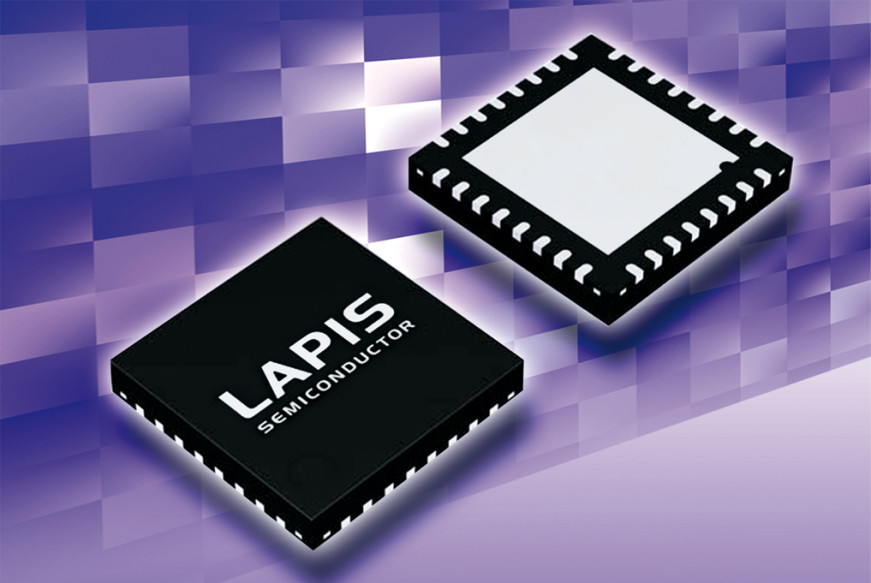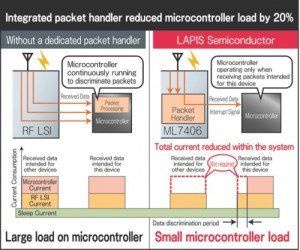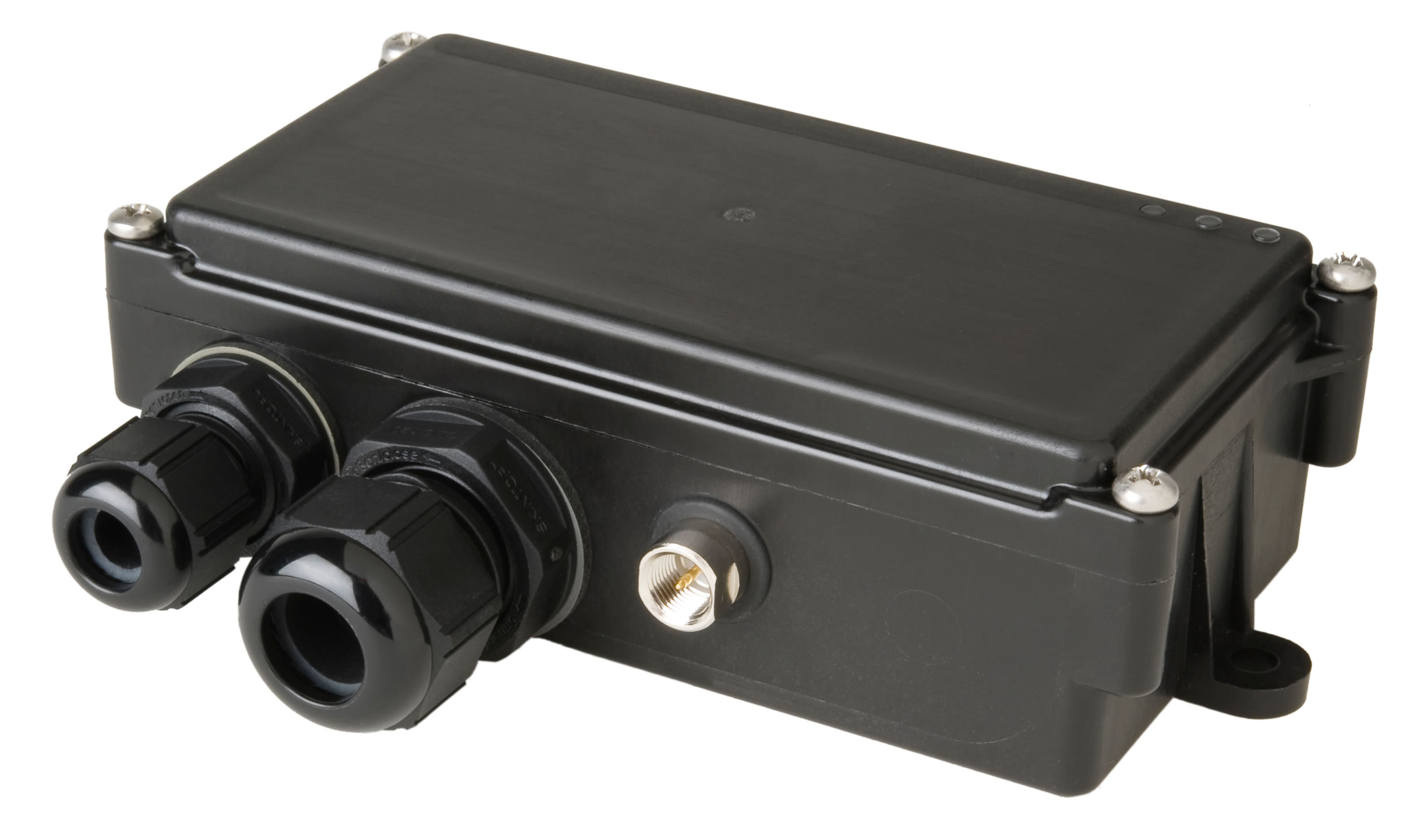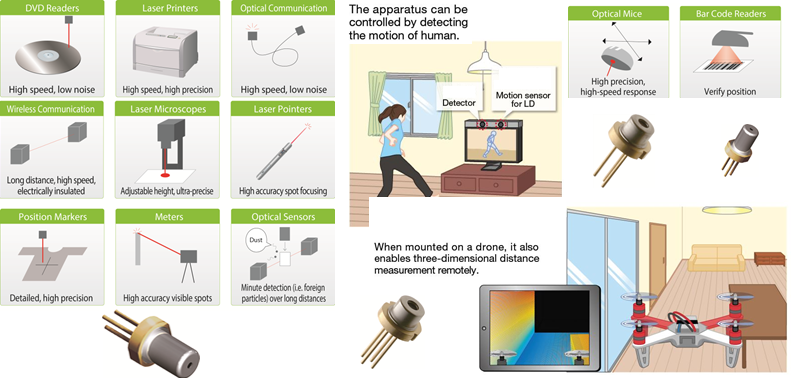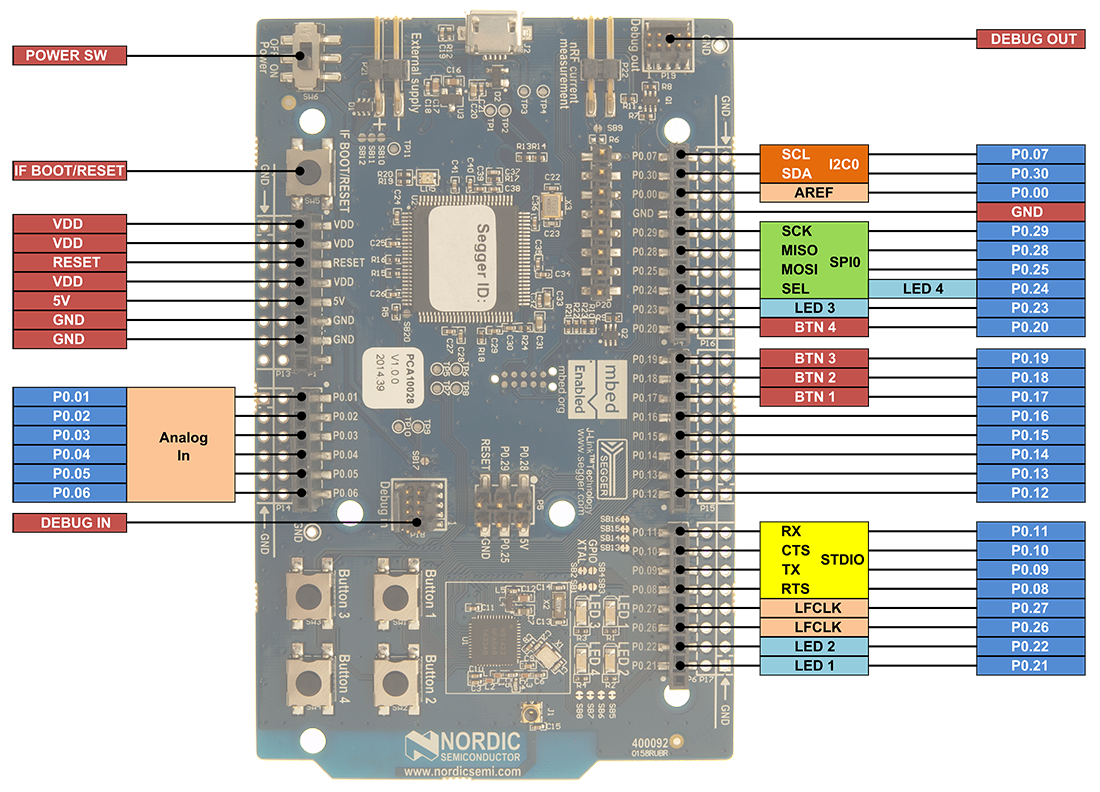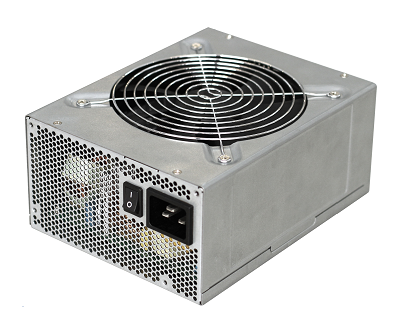ROHM – Wireless Communication LSI with built-in Wireless M-Bus Packet Handler
The ML7406 from LAPIS Semiconductor Co., Ltd., a ROHM Group Company, is a low power consumption sub GHz RF Transceiver which is compatible with 868MHz Wireless M-Bus, the European smart meter communication standard. Signal processing functions required for each mode are built in, reducing microcontroller load by about 20% and contributing to lower power consumption of the entire system along with longer operating time and reduced maintenance for battery-operated smart meters.
LAPIS Semiconductor, in collaboration with Steinbeis, a major vendor and key member of the group responsible for establishing the OMS (Open Metering System) protocol, developed specifications for hardware-based packet processing and integrated a Wireless M-Bus packet handler into the LSI. The packet handler is designed to perform hardware-based processing of a variety of functions, such as simultaneous standby for interoperability between C and T Modes, automatic discrimination of Format A and B messages in C Mode, and address filtering that automatically distinguishes whether packets are intended for this or other devices.
LAPIS Semiconductor can supply sample software and C source code that include all of the T, C, and S Mode functions compatible with EN113757-4:2011 in the Wireless M-Bus protocol stack. In addition, an industry-standard OMS-compatible protocol stack that can be used without modification in OMS-based meters, along with Wireless M-Bus protocol analysis software, can be licensed from Steinbeis.
Features:
- Supported Standard:
- ETSI EN 300 220 (Europe)
- EN 13757-4:2011 (Wireless M-BUS)
- IEEE802.15.4g
- ARIB STD T108 (Japan)
- RF frequency: 750MHz to 960MHz
- Realized high resolution modulation by using fractional N type PLL direct GFSK Modulation
- Modulation: GFSK/GMSK/FSK/MSK (MSK is a case that FSK modulation index = 0.5)
- Data transmission rate: 1.2 to 500 kbps
- Data encoding/decoding by HW: NRZ, Manchester, 3 out of 6
- Data whitening by HW
- Programmable frequency channel filters
- Programmable frequency deviation function
- TX/RX data inverse function
- 26 MHz oscillator circuits version (ML7406C)
- TCXO (26 MHz) direct input version (ML7406T)
- SPXO input(CMOS level) version (ML7406S)
- Oscillator capacitance fine tuning function
- On chip low speed RC oscillation circuit
- Low speed clock adjustment function
- frequency fine tuning function (using fractional N type PLL)
- Synchronous serial peripheral interface(SPI)
- On-chip TX PA. (20 mW / 10 mW / 1 mW selectable)
- TX power fine tuning function (±0.2 dB)
- TX power automatic ramping control
- External TX PA control function
- RSSI indicator and threshold judgment function
- High speed carrier checking function
- AFC function (IF frequency automatic adjustment by Fractional N type PLL adjustment)
- Antenna diversity function
- Automatic Wake UP, auto SLEEP function (external RTC input or internal RC oscillator selectable)
- General purpose timer (2ch)
- Test pattern Generator (PN9 ,CW, 01 PATTERN, ALL”1”, ALL”0” OUTPUT)
- Packet mode function:
- Wireless M-BUS packet format (Format A/B)
- General purpose packet format (Format C)
- Max.255 byte (Format A/B), 204t byte (Format C)
- TX FIFO (64 byte), RX FIFO (64 byte)
- RX Preamble pattern detection (Max.4 byte)
- Automatic TX preamble length generation (Max.length 16383 byte)
- SyncWord setting function (Max. 4byte × 2 type)
- Program CRC function (CRC32/CRC16/CRC8 selectable, fully programmable polynomial)
- Wireless M-BUS field checking function (C-field/M-field/A-field can be detected automatically)
- Supply voltage:
- 1.8 V to 3.6 V (TX power 1 mW mode)
- 2.3 V to 3.6 V (TX power 10 mW mode)
- 2.6 V to 3.6 V (TX power 20 mW mode)
- Operational temperature: -40 to +85 °C
- Current consumption (868 MHz):
- Deep sleep mode 0.1 μA (Typ.)
- Sleep mode2 0.56 μA (Typ.)
- Idle mode 1.4 mA (Typ.)
- TX 20 mW 34 mA (Typ.)
- TX 10 mW 24 mA (Typ.)
- TX 1 mW 13 mA (Typ.)
- RX 15 mA (Typ.)
- Package: 32pins WQFN (5mm × 5mm)
Find it at Rutronik24 Onlineshop Visit our TEC-Forum Contact our Specialist

